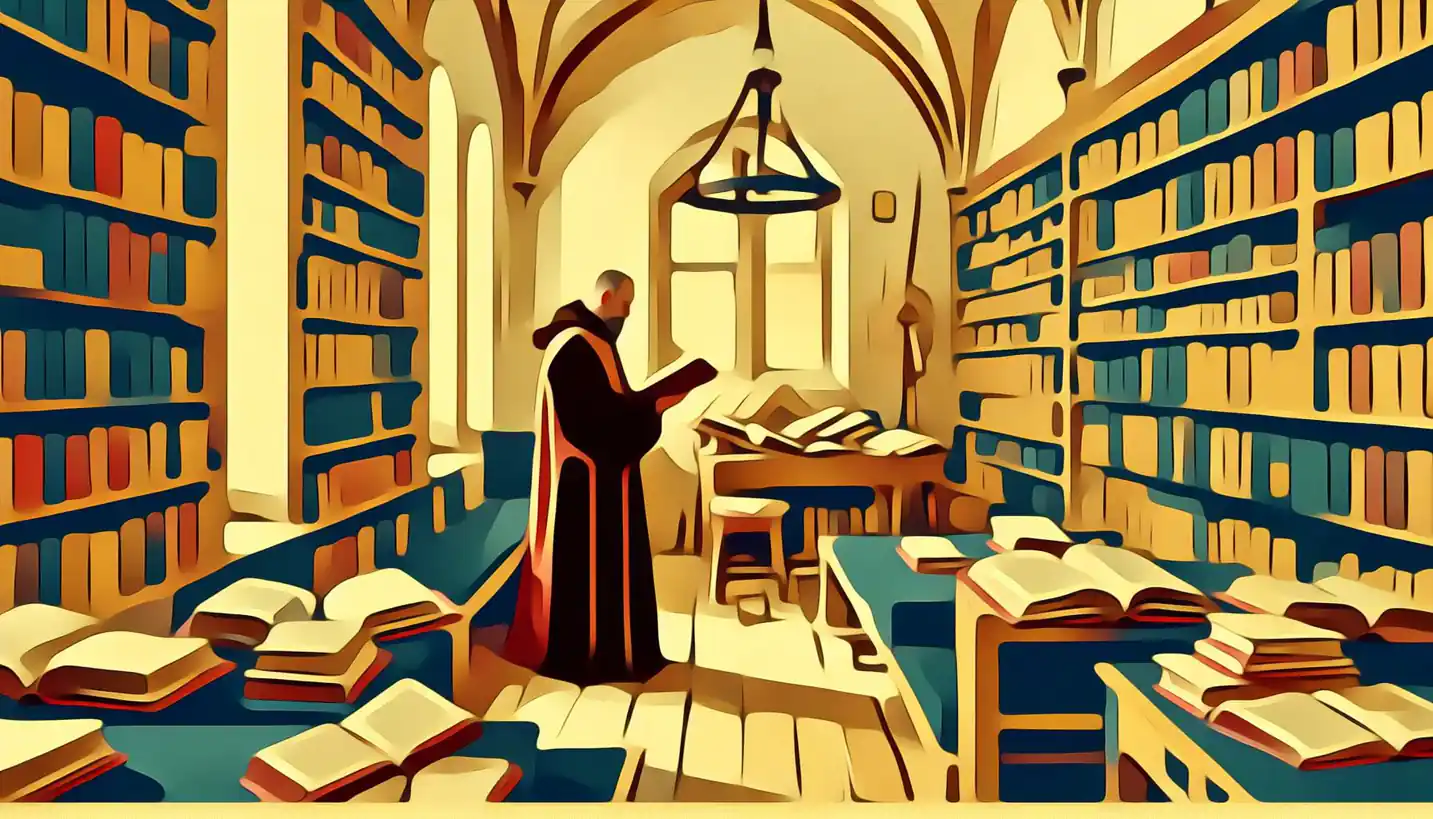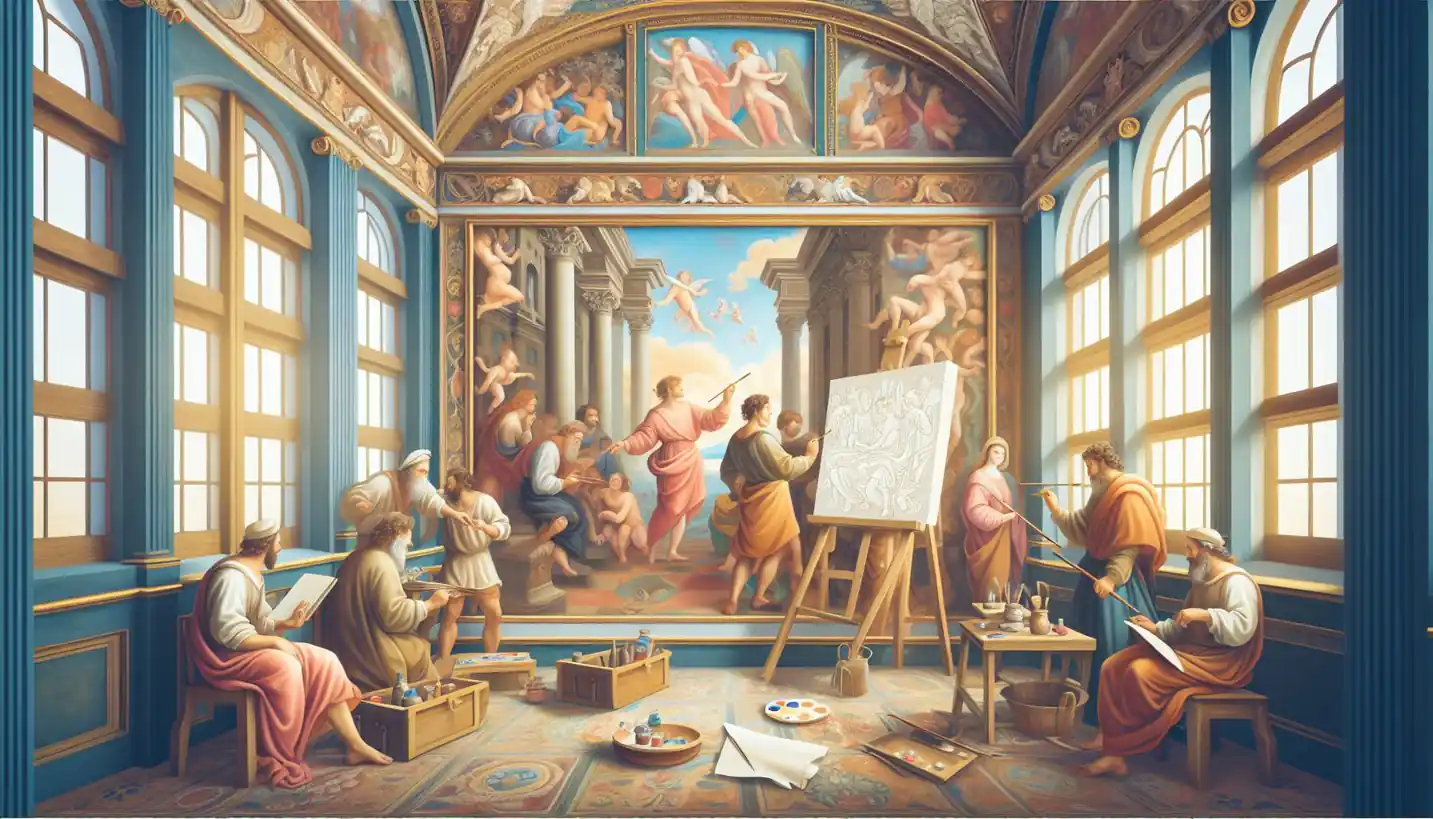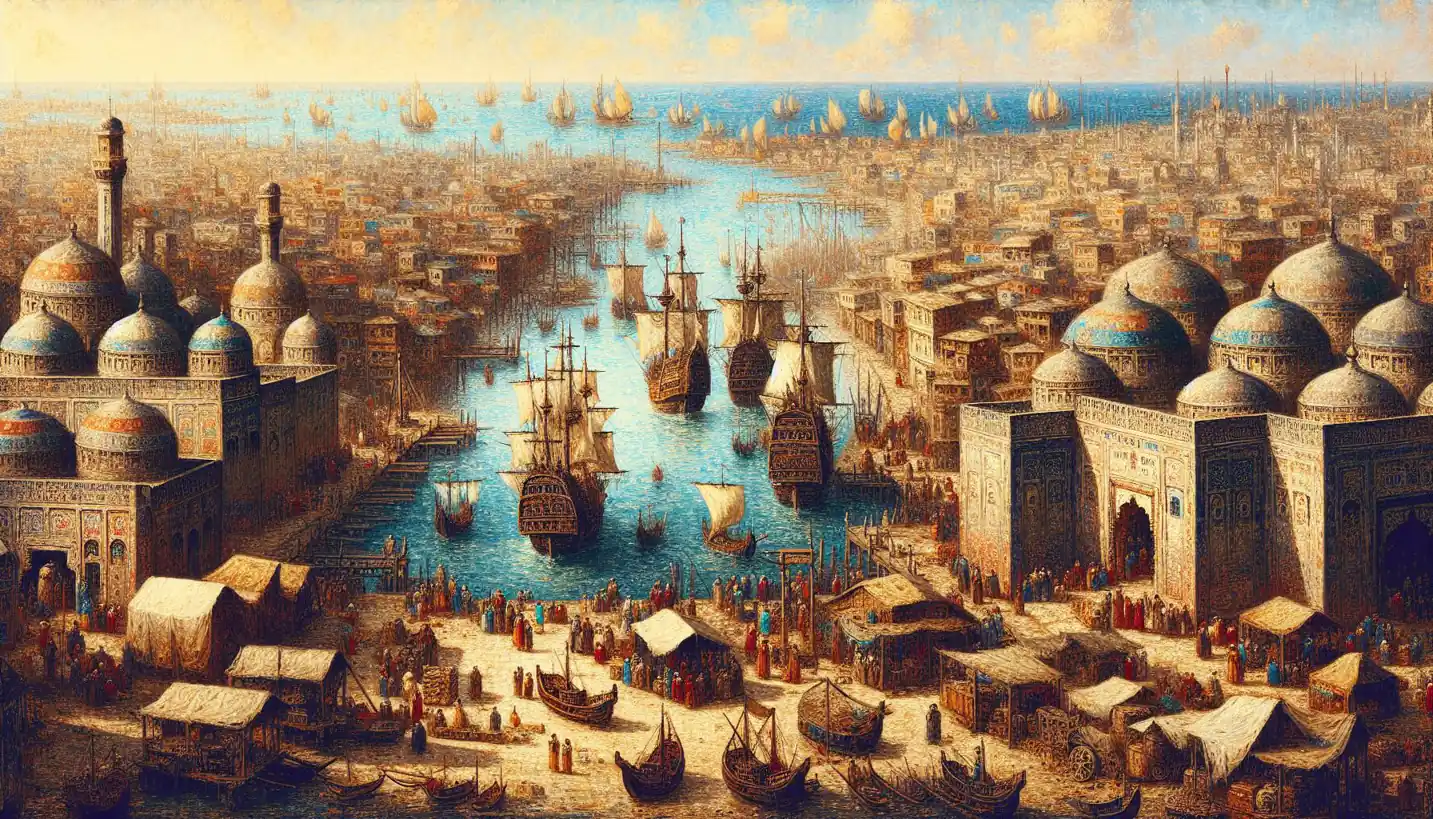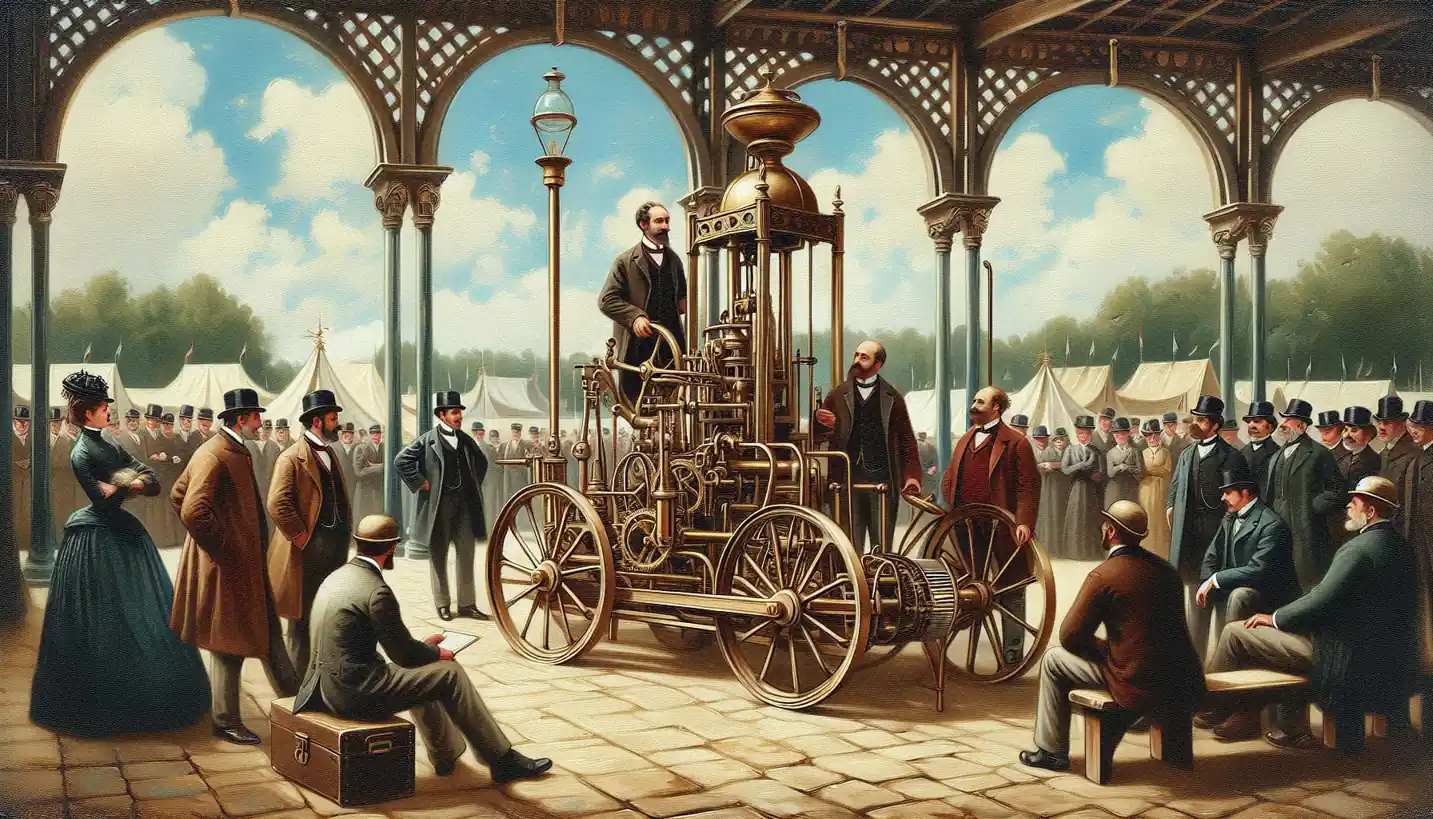· History · 4 min read
Poor Laws: The Complex Web of Social Safety in History
The intricate Poor Laws weaved a web of social safety, sparking debates about poverty and welfare. Discover how these laws shaped societal attitudes forever.

Throughout history, societies have grappled with how to care for their poorest members. These questions are not new; in fact, they stretch back centuries. The Poor Laws, particularly those in England, played a fascinating, if complicated, role in this story. But what were these laws all about, and why do they matter?
Centuries ago, life was a bit more challenging than today. The average person faced threats from disease, poor harvests, and wars. In such a tough world, those who fell into poverty had few places to turn. The Poor Laws emerged as a way to tackle these issues, intending to provide relief to the needy. However, these laws came with strings attached.
During the 16th century, as England transitioned from the Middle Ages to more modern times, the country saw significant social and economic changes. Feudalism began to decline, and many people moved from rural areas to towns in search of work. With this change, the traditional systems of support for the poor started to crumble. To fill the void, the government stepped in, creating a formal system of poor relief.
The first Poor Law came about in 1576, a relatively simple idea at first: local parishes were tasked with helping their poor. This approach recognized that small communities could best understand who truly needed help. But human nature being what it is, this well-meaning system faced challenges. What if a town felt it had too many poor to support? What if its wealthier members didn’t want to fund these efforts?
Jumping forward to 1601, the “Elizabethan Poor Law” laid down a more structured plan. It required parishes to collect taxes and distribute assistance. But here’s where it gets intriguing—help was divided into categories. The “deserving poor,” such as orphans and the elderly, received aid without question. However, the “undeserving poor,” typically those capable of work but unemployed, faced harsh conditions and were often forced into workhouses.
These workhouses were not cozy retreats. Imagine a place that looked more like a factory or a prison than a home. The idea was simple: if you could work, you should. Conditions were deliberately tough to discourage those thought to be choosing laziness over labor. This mindset, the idea that poverty was often a personal failing, stuck around for a long time.
As we move into the 19th century, the Industrial Revolution transformed society even further. It was a time of great progress and great disparity. Cities swollen by factory workers saw increasing numbers of poor people. The Poor Laws had to change to keep up with this new world.
In 1834, a new Poor Law was introduced in England. This law aimed to reduce the cost of aiding the poor and encourage self-reliance. It mandated the building of more workhouses and insisted that the conditions inside be harsher than the worst-paying jobs available. If you asked for help, you had to really need it.
This approach reveals the complexities of society’s view of poverty. Was it a result of personal weakness, bad luck, or a combination of factors? These questions were hotly debated, and the solutions were never straightforward.
The Poor Laws weren’t just about economics or charity; they reflected society’s moral judgments. They force us to ask tough questions about the balance between compassion and responsibility, and between public duty and personal agency.
But why look at Poor Laws now? Understanding them helps us grasp the roots of modern social welfare systems. Today, governments across the world continue to struggle with how to support their most vulnerable citizens effectively. Insights from the past give context to ongoing debates around welfare, taxation, and social justice.
Moreover, looking at the Poor Laws sheds light on human nature. How do we view those in need? How do we weigh empathy against fairness? These questions, as relevant today as they were centuries ago, stimulate our thinking about how society can grow into a more equitable future.
In closing, the history of Poor Laws is far from dusty old rules in forgotten books. They are a living narrative of how humans have tried—and sometimes struggled—to look after their communities. The conversation they started continues, inviting each new generation to consider what fairness, assistance, and community mean.
As society evolves, so does our understanding of poverty and our approaches to combatting it. The story of the Poor Laws is a fascinating chapter in humanity’s ongoing journey to create a more just world. While we look back at them, we’re invited to think forward—to imagine, innovate, and ensure a safety net that respects dignity without sacrificing necessity.



